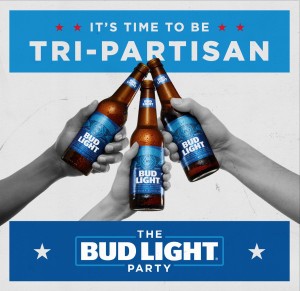More Walkable Neighborhoods — Maybe
A dynamite article in The Washington Post explains that the two largest demographic groups among some 320 million Americans are the 18-30 year old Millennials (90 million plus) and the aging 60-80 year old Baby Boomers (some 70 million), with both groups looking for a more exciting lifestyle. The two groups interestingly have many preferences in common, and for sure, similar dislikes. Pedestrian Pete wonders what is happening to the Generation Xers? Hmm, probably bored and trying to make ends meet in their suburban McMansions, bored commuting in traffic gridlock, and bored with a tough job? Well, that’s the fulfillment of the American Dream, right?
The Washington Post goes on to say: “More and more of us want to be within safe and comfortable walking distance of the destinations that meet our everyday needs, …shopping, dining, services (like medical, banking, education etc.), parks and good transportation options that take us downtown and to jobs. It’s the hottest trend in real estate, sought by buyers and renters alike.”
OK, fine, but guess what? This humane environment is not easy to find, nor is it necessarily affordable for Millennials and Baby Boomers in retirement. And yet, “the demand for walkable urbanism is only going to increase, as more of the Millennial generation, the largest generation in American history, enter the housing marketplace.” That’s you all, Free Press Houston readers.
VERSUS
Guess what again? Land developers, home builders and their bankers don’t seem to get it, because they keep producing those bland, homogenous, car dependent tract subdivisions on the urban fringe, where nothing is close by. Why? Maybe it’s a pocket-book issue? It has to do with big square footage houses on cheap land, which attracts the Generation Xers, but many of these would much rather live in an exciting, pedestrian-friendly urban place.
The Big Challenge: Our real estate economy (bankers, developers, realtors, government agencies) has to figure out how to build attractive mixed-income urban communities, on yes, more expensive in-town land. Not an easy task. The “real estate economy” should recognize that both Millennials and Baby Boomers will gladly opt for a smaller townhouse or apartment, in a denser mixed-use urban environment, especially if rail transit is accessible.
The Critical Role of Government: City government, as proven by visionary leadership in New York, Boston, Philadelphia, Miami, Atlanta, Denver, Seattle, Portland, and yes Dallas, plays a critical enabling role. Walkable mixed-income, mixed-use urbanism will seldom occur in a laissez-faire “free” marketplace, like Houston, unless it’s an enlightened developer like Hines, Midway or Lovett Homes. So what must city government do?
Well, here in Houston, if we want to enjoy a beautiful and livable city, Pedestrian Pete says, major policy changes are essential, to include:
- Real comprehensive planning,
- Outcomes-driven development regulations,
- Smart standards and incentives for high quality projects.
The city, led by Mayor Turner and City Council, must do a better job of improving its infrastructure (in many places just “awful”), especially streets that are designed for people and not just for cars. This is a tall order, and it won’t happen unless a highly vocal civic community demands it, saying in effect “enough is enough!” No more mediocre development! No more business-as-usual, with an obsolete development code that favors “connected” builders at the expense of our neighborhoods.
We deserve better! Pete would like to see Millennials standing up for what they want.









![FPH_2016_AdPackage_Lovebuzz_420x75-FeaturedBanner[Mobile]](../2016/08/wpimages_subdomain/FPH_2016_AdPackage_Lovebuzz_420x75-FeaturedBannerMobile.png)


